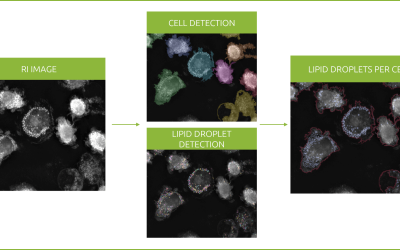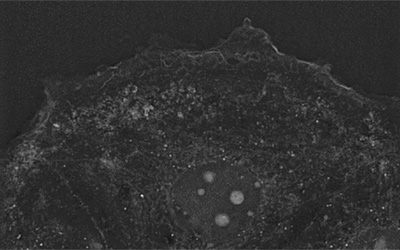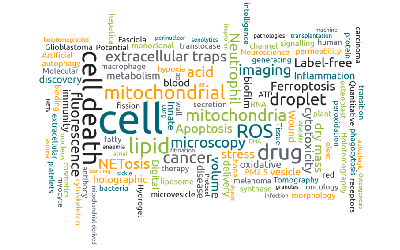Here we feature the results of a study, recently published in the International Journal of Pharmaceutics, that uses Nanolive label-free live cell imaging to measure the antimicrobial activity of endolysins against Streptococcus pneumoniae.
Multi-drug resistant (MDR) bacteria are a potent threat to public health
The World Health Organization has identified MDR bacteria as one of the top 10 global public health threats facing humanity (1). Bacteria are defined as being MDR when they have acquired non-susceptibility to at least one agent in three or more antimicrobial categories (1). Responsible for the rise of hospital “superbugs” they often result in severe, deadly infections (2).
Bacteriophages offer a source of hope for solving the antibiotics resistance crisis
The clinical production of new antimicrobials has decreased significantly over the last decade, forcing scientists to turn to alternative candidates. One source of potential novel compounds are bacteriophages, viruses that infect and replicate within bacteria (3). Bacteriophages have evolved numerous enzymes, called endolysins, which are specialized in degrading the cell walls of their bacterial hosts.
Endolysins can be native or engineered, but how can they be administered?
Endolysin molecules have two functional domains: an enzymatically active domain (EAD) and a cell-wall binding domain (CBD), which are connected by a linker protein (3). It is possible to isolate native endolysins from bacteria or engineer endolysins by combining EAD and CBD’s from different sources (4). To date, endolysins have been administered intravenously and topically, but not yet, by nebulisation.
Testing the effectiveness of nebulisation in the delivery of endolysins
A new study (5) led by Prof. Hak-Kim Chan from the Advanced Drug Delivery Group at the University of Sydney (Australia) tested the effectiveness of nebulisation on two endolysins; a native endolysin from the pneumococcal phage (Cpl-1) and a chimeric endolysin (ClyJ-3). Both of which have shown high antimicrobial activity against Streptococcus pneumoniae (6, 7).
Imaging antimicrobial activity live and label-free using Nanolive’s 3D Cell Explorer
S. pneumoniae were seeded in glass-bottomed dishes for 2 hours. Non-nebulised (control), jet-nebulised and mesh-nebulised CPl-1/ClyJ-3 endolysins were then added and the bacterial response was imaged using Nanolive’s 3D Cell Explorer at an acquisition rate of one image per minute for 20 mins. In the video on the right above, we observe the response of S. pneumoniae to non-nebulised ClyJ-3. The disappearance of the bright spots in the refractive index images indicates that, as expected, most bacteria are killed by ClyJ-3.
Endolysins show differential responses to nebulisation
Cpl-1 remained stable when mesh-nebulised but showed reduced bioactivity following jet nebulisation. In contrast, ClyJ-3 lost almost all its antimicrobial activity when nebulised (shown in the video on the right, below), regardless of the type of nebuliser used. The authors complemented their live cell imaging investigations with Fourier-transform infrared spectroscopy, which can indicate conformational changes in proteins. Conformational changes were detected in jet-nebulised Cpl-1 samples, and in all nebulised ClyJ-3 samples, but not in mesh nebulised Cpl-1 samples, leading them to conclude that mesh-nebulised Cpl-1 offers the most promising candidate for the therapy of respiratory infections.
If you would like to read this insightful study click here.
Nanolive would like to thank Prof. Chan and Dr. Khanal for providing the original files used to make these videos.
Antimicrobial activity of ClyJ-3 against Streptococcus pneumoniae
Cly-J3 loses its antimicrobial activity against Streptococcus pneumoniae after nebulisation
References
(1) Mendelson M, Matsoso MP. The World Health Organization global action plan for antimicrobial resistance. SAMJ: South African Medical Journal. 2015. 105(5):325-.
(2) Nordmann P, Naas T, Fortineau N, Poirel L. Superbugs in the coming new decade; multidrug resistance and prospects for treatment of Staphylococcus aureus, Enterococcus spp. and Pseudomonas aeruginosa in 2010. Current Opinion in Microbiology. 2007. 1;10(5):436-40.
(3) Schmelcher M, Donovan DM, Loessner MJ. Bacteriophage endolysins as novel antimicrobials. Future Microbiology. 2012. 7(10):1147-71.
(4) Kashani HH, Schmelcher M, Sabzalipoor H, Hosseini ES, Moniri R. Recombinant endolysins as potential therapeutics against antibiotic-resistant Staphylococcus aureus: current status of research and novel delivery strategies. Clinical Microbiology Reviews. 2018. 1;31(1).
(5) Wang Y, Khanal D, Chang RY, Shang X, Yang H, Britton WJ, Nelson D, Chan HK. Can bacteriophage endolysins be nebulised for inhalation delivery against Streptococcus pneumoniae? International Journal of Pharmaceutics. 2020. 14:119982.
(6) Loeffler JM, Djurkovic S, Fischetti VA. Phage lytic enzyme Cpl-1 as a novel antimicrobial for pneumococcal bacteremia. Infection and immunity. 2003. 1;71(11):6199-204.
(7) Yang H, Luo D, Etobayeva I, Li X, Gong Y, Wang S, Li Q, Xu P, Yin W, He J, Nelson DC. Linker editing of pneumococcal lysin ClyJ conveys improved bactericidal activity. Antimicrobial Agents and Chemotherapy. 2020. 27;64(2).
Read our latest news
Revolutionizing lipid droplet analysis: insights from Nanolive’s Smart Lipid Droplet Assay Application Note
Introducing the Smart Lipid Droplet Assay: A breakthrough in label-free lipid droplet analysis Discover the power of Nanolive's Smart Lipid Droplet Assay (SLDA), the first smart digital assay to provide a push-button solution for analyzing lipid droplet dynamics,...
Food additives and gut health: new research from the University of Sydney
The team of Professor Wojciech Chrzanowski in the Sydney Pharmacy School at the University of Sydney have published their findings on the toxic effect of titanium nanoparticles found in food. The paper “Impact of nano-titanium dioxide extracted from food products on...
2023 scientific publications roundup
2023 has been a record year for clients using the Nanolive system in their scientific publications. The number of peer-reviewed publications has continued to increase, and there has been a real growth in groups publishing pre-prints to give a preview of their work....
Nanolive microscopes
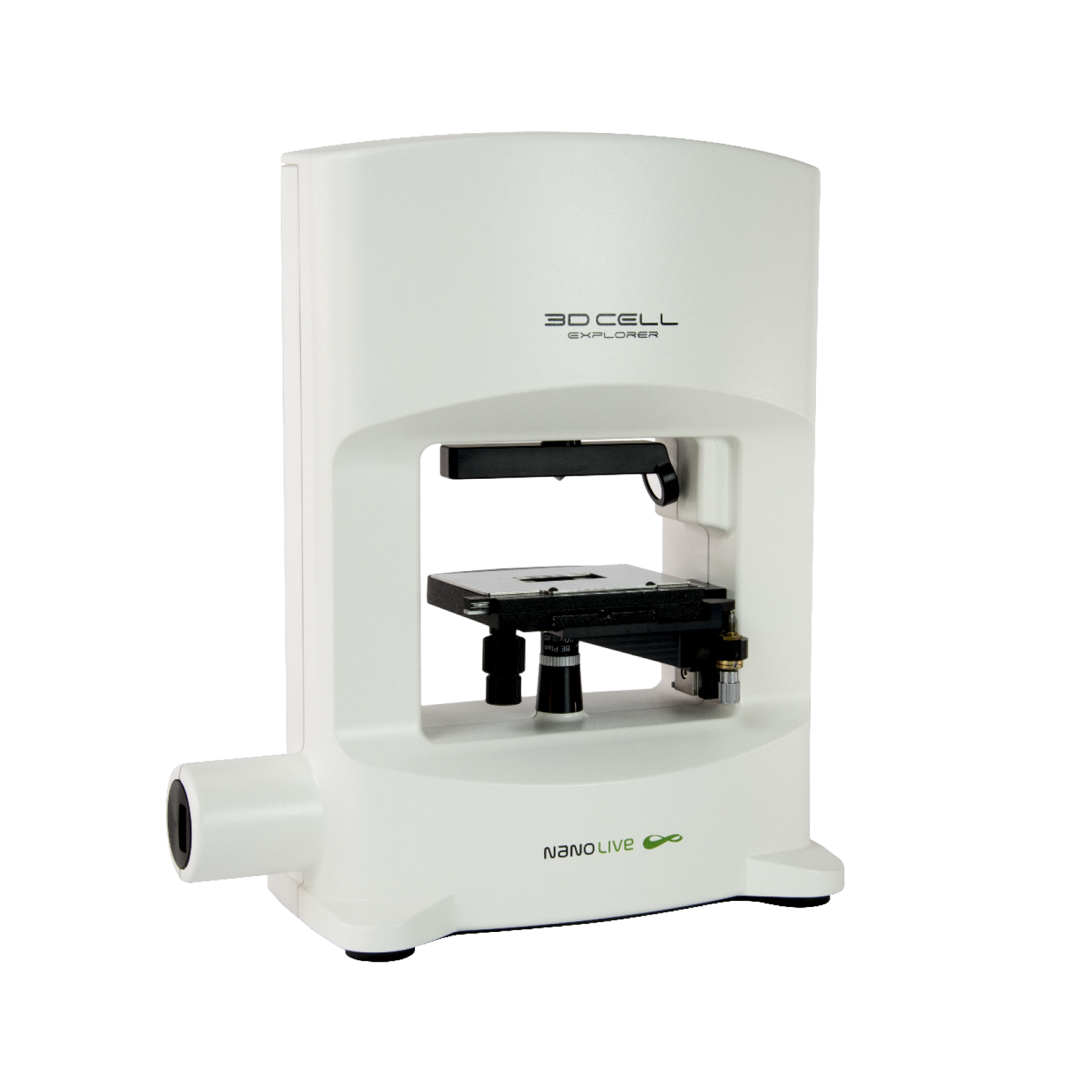
3D CELL EXPLORER
Budget-friendly, easy-to-use, compact solution for high quality non-invasive 4D live cell imaging
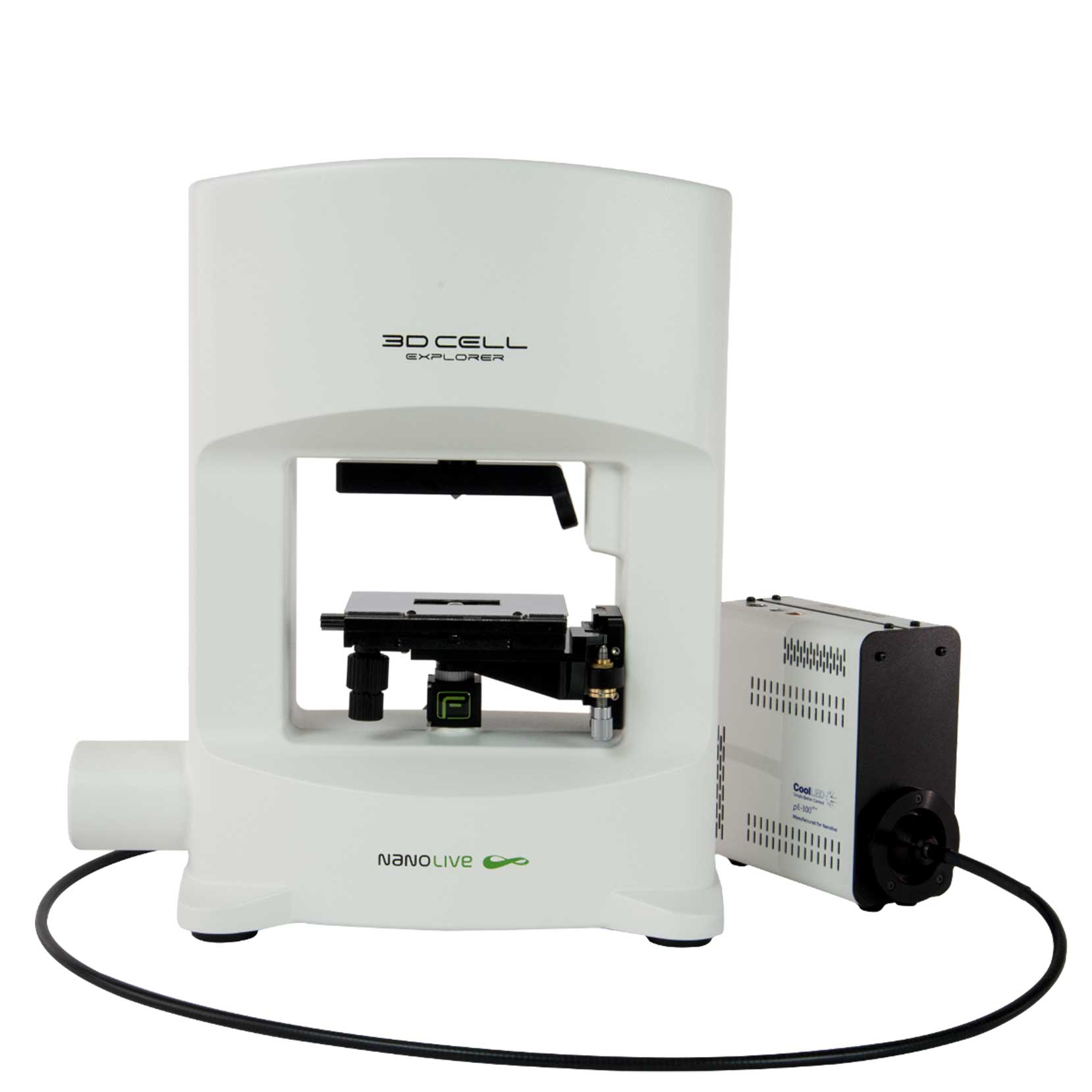
3D CELL EXPLORER-fluo
Multimodal Complete Solution: combine high quality non-invasive 4D live cell imaging with fluorescence

CX-A
Automated live cell imaging: a unique walk-away solution for long-term live cell imaging of single cells and cell populations

